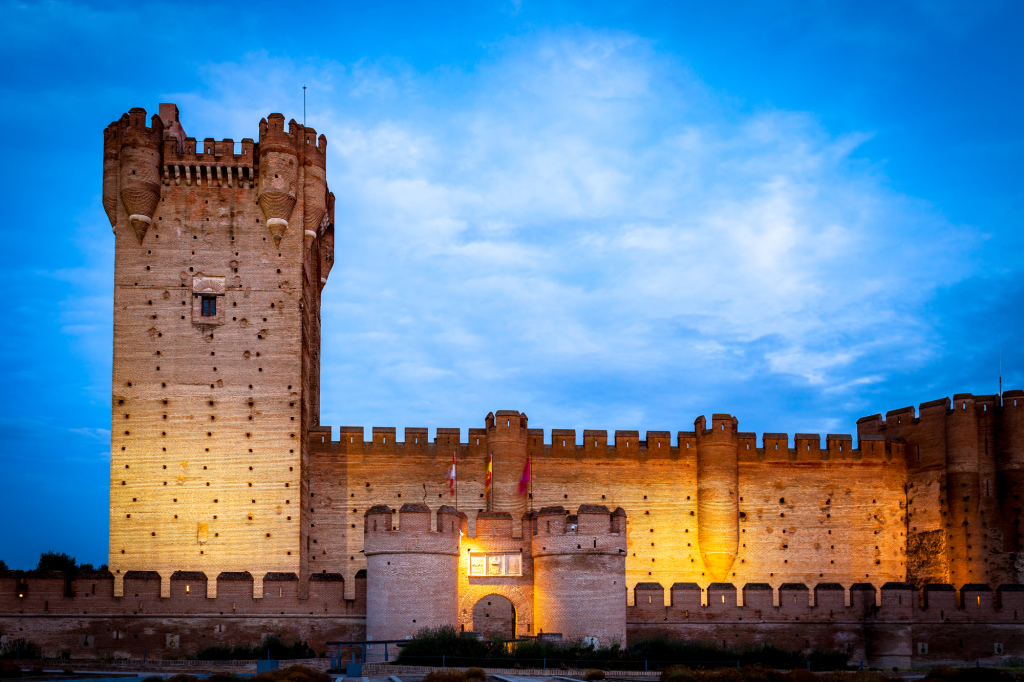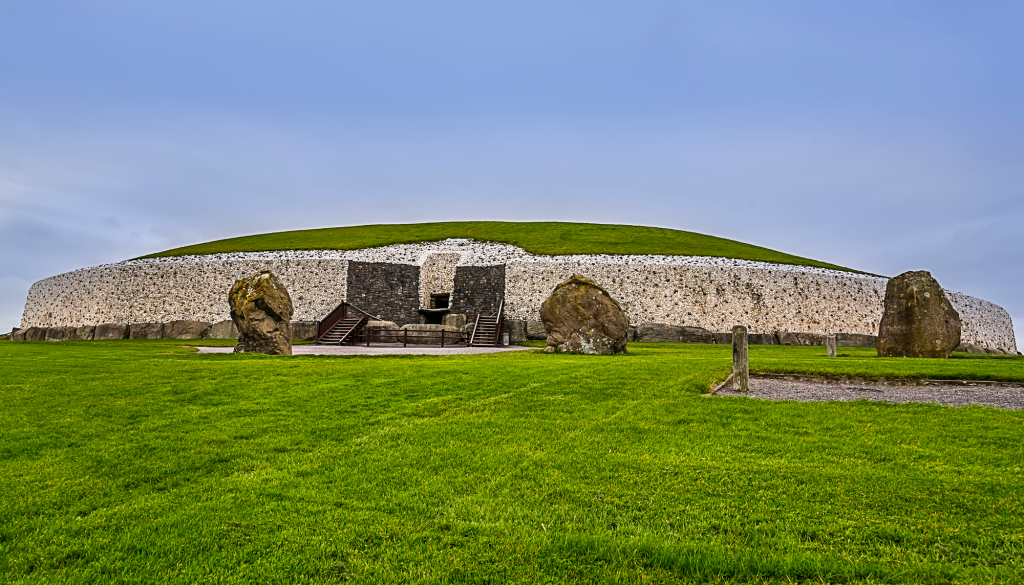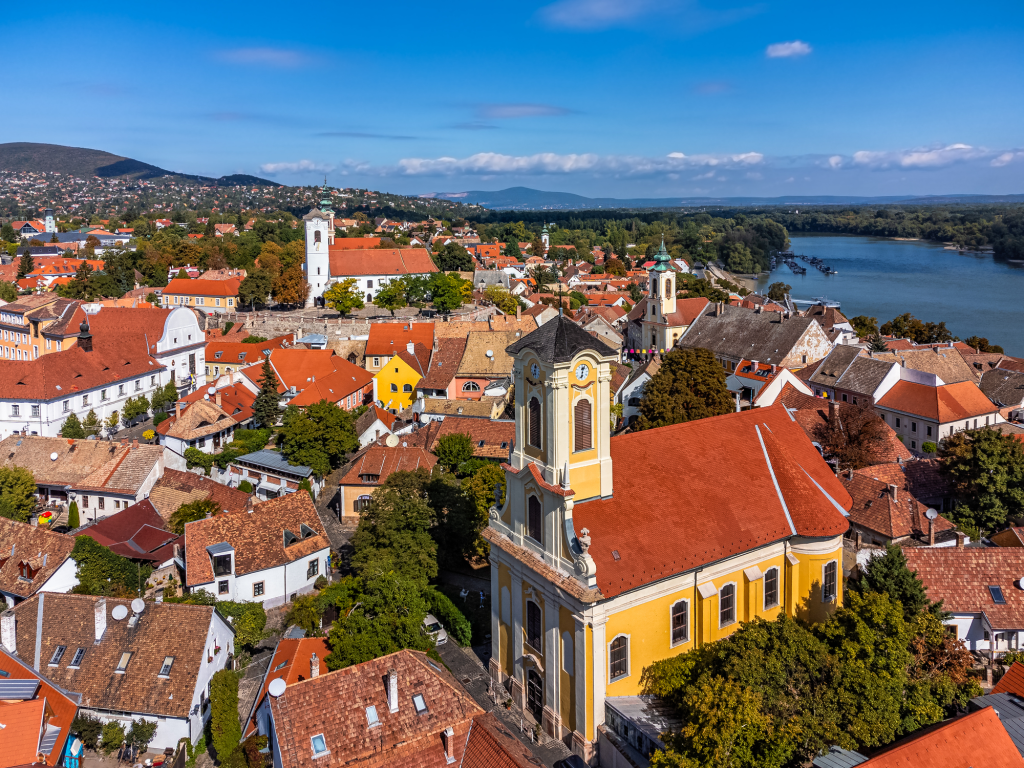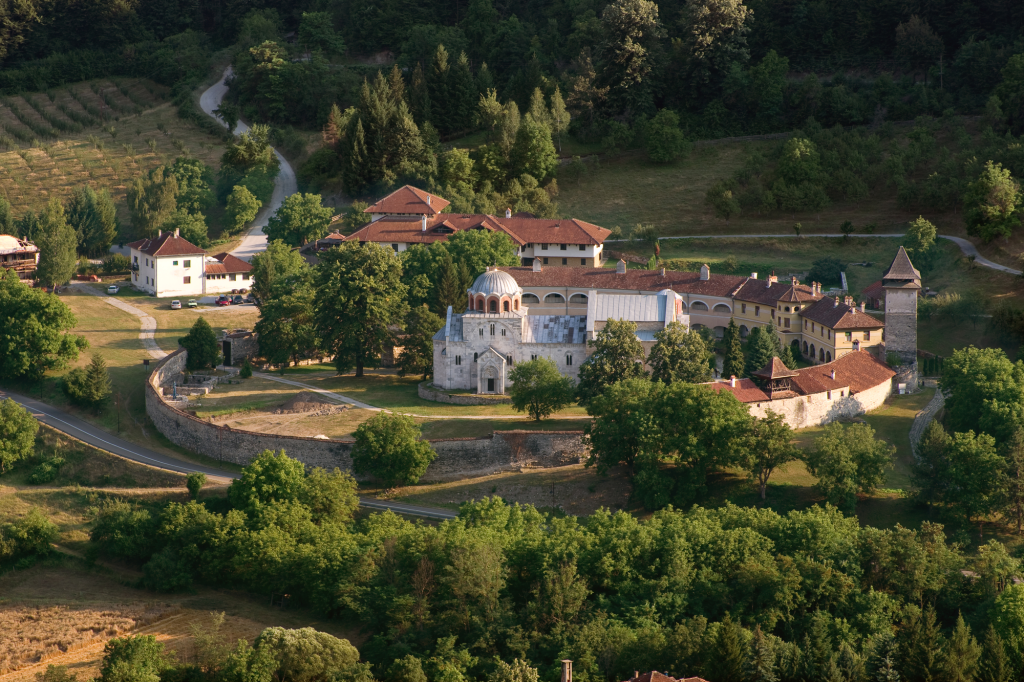BY HANNAH HORN
On the west side of the historical Keshcorran Hill happens to be a home of sixteen simple chambers, known as the Caves of Kesh, the Keash Caves, or the Caves of Keshcorran. These beautiful limestone caves are located near the village of Keash, County Sligo, Ireland. You could spot them based on a line of low cliffs, created by atmospheric weathering over time. In some of the black mouths of these tunnels, you can find boulder beds (to show that the Keshcorran were once buried beneath an ice sheet) while also expecting to see a large amount of glistening quartz crystals. There are studies of water once running through them and washing them out, and it is rare but possible to find stalagmite (a mineral formation in caves) floors into which animals have burrowed. These 16 caverns held many significant animal remains such as brown bear, arctic lemming, Irish elk, and grey wolf.
Once a portion of a bear’s skull was discovered in 1901 during an expedition of five weeks in the Keshcorran caves. Headed by Robert Francis Scharff, R.J. Ussher and Robert Lloyd Praegar who recovered bones of goat, pig, deer, ox, fox, horse, sheep, donkey, rats, and even more! There was even a metacarpus of reindeer discovered above an area of burnt charcoal, which proved they survived until the human period. During these excavations, many animals were recovered such as four of the oldest species of mollusks, several fish, and many bird species. Evidence was also found of occasional human habitation of the Keshcorran caves going as far back as the Neolithic stage, such as teeth and manmade crafts. It is said that with radiocarbon dating, animals like the bear, deer, or wolf were dated back to 10,000 BC and the horse dating back to 400 BC. Discoveries are made through every adventure through these cavities, the most recent dating back to 1971 where the left tibia of a human was recovered.
The Keash Caves are very common in medieval myths and stories, believed to coincide with the “otherworld,” so it is both feared and respected. One of the middle Irish language tales known as ‘Cath Maige Mucrama’ (from part of the Cycles of the Kings) will explain the birth of ‘Cormac mac Airt’ at the entrance of Keshcorran, who has been raised by wolves in caves. The 16 dugouts also are featured in 3 stories about ‘Fionn mac Cumhaill.’ A more modern tale regarding Keshcorran can be found in ‘Gabriel Beranger’s’, a dutch artist’s diary of 1799, about a woman being dragged by her unruly calf into the hellmouth door. The peaceful caves of Kesh have never been ignored on its steep incline, as it has always been believed to be magical like a fairy-tale since many more tales go on to believe they were the source of all of Ireland’s mythology.
Despite the legendary caves, the mountains of Keshcorran are simply very important to ancient Ireland. Placed on the summit is a prehistoric cairn, a possible Neolithic passage tomb, which is a part of an extended megalithic cemetery on higher land. These also include the tombs of Carrowkeel and the sight is truly unreal. The 0.6-mile trail will forever exist in history, but the memories will always thrive in your soul.





Leave a comment